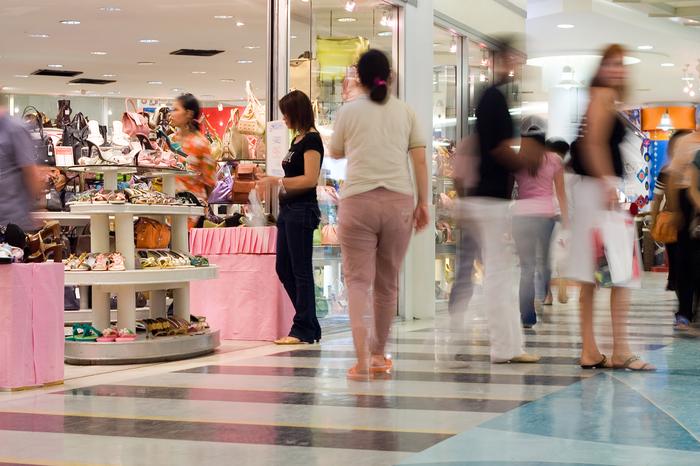Over the past 18 months, retailers have been able to get a glimpse of what the future of retail could look like: consumers shopping anywhere, anytime on their computers or mobile devices, stores transforming into showrooms or fulfillment centers, products that are shipped and delivered at an ever-increasing speed and degree of digitization everywhere.
But how can retailers thrive in 2022 and beyond, even in the continuing uncertainty? Revieve, the provider of digitally powered personalized brand experience for the beauty segment, has identified five key areas that can help retailers in 2022 and enable them to adapt to a changing consumer landscape while seeking new opportunities.
Enhance the experience, not the product
From augmented reality (AR) and artificial intelligence (AI) to robotics, retailers are now combining online and offline, digital and physical activity to survive in turbulent times. But the approach most likely to reshape the retail landscape is one of improving customer relationships and brand experience through a combination of artificial intelligence and augmented reality to collect first-hand customer data and maintain a pipeline. of constant feedback between consumers and brands.
U.S. stores like Lowe's are incorporating AI technologies, virtual reality fitting rooms and even voice-controlled robot assistants to transform the customer experience. According to a NatWest report from this year, stores of the future will provide experiential environments rather than simply focusing on selling inventory. For example, US luxury retailer Nordstrom has already tested the concept of "stock-free" stores, where customers can get advice from stylists but don't leave with clothes.
Rethink the store experience
According to a McKinsey analysis, when the pandemic hit the physical store ecosystem, 44% of stores in the United States served partially or fully as distribution centers. By 2022, respondents expect that number to rise to 57%, with stores primarily focused on providing buy online, pick up in store (BOPIS) and ship-from-store services.

The role of the store is morphing into what is labeled the "Store as Media" model. Retailers will need to think of new ways to embrace digital initiatives and deliver a memorable and lasting customer experience. For example, use a combination of QR codes, smart mirrors, digital signage, and smartphones to make the store a more engaging place for anyone. The final objective will not be to move the product, but to sell the idea, the essence and the values of the brand.
Consider social commerce
During the pandemic, more consumers participated in online purchases through live streaming. According to Coresight Research. Let's look at Gucci, a key example of this trend, ranked as one of the hottest luxury brands online in 2021. The brand harnesses live streaming, digital storytelling and world-class commerce with a constant drive to experience online. From augmented reality-based product testing technologies to digital gifts, the brand drives innovation. Gucci receives more than 10 million shares of engagement per month, on average.
A Viacom study found that more than 30% of Gen Z teens and millennials believe YouTube is a primary channel for information, including reviews and tutorials. Streaming video has become a new platform for makeup-related content and beauty content for beauty influencers, bloggers and vloggers looking to carve out their own niches in the industry.
In a new era where consumers expect shared values with brands, retailers must transform their platforms to set trends and thus enhance the shopping experience in the cultural world at large. Brands and retailers can create even more powerful stories and collections by stocking and promoting products or investing in technology.
Become a single player for all verticals, on all channels
To continuously and sustainably manage evolving demand and consumer expectations, retailers must become a single platform for all their products, accessible anytime, anywhere.
Retailers will be forced to offer a single approach to innovation and product portfolio. Today, the focus is mainly on retail platforms. Shoppers don't care which platform they use and expect a frictionless customer experience where quality, price, and service are consistent whether they shop online, on mobile, or in-store.
Finding the right technology partner
The fundamental changes required to successfully serve customer needs in a market have led to increased collaborations between retailers and technology providers. These partnerships are driven by the need to deliver seamless brand experiences for their customers and the need to streamline access to transformative solutions to improve their business models and outcomes.
When researching and conducting due diligence on technology partners, the retailer must understand the type of technical support they need, the benefits and results they are looking for, and the questions to ask potential partners. Ideally, your future technology partners should be responsive to the needs you have today and in the future.
With all of these changes converging at once, retailers must drive their businesses forward by providing hybrid shopping experiences within next-generation retail ecosystems. The disruption will affect both retailers and consumer goods companies as the industry follows the changing wants and needs of consumers.
Those that can differentiate themselves will continue to survive and thrive.


